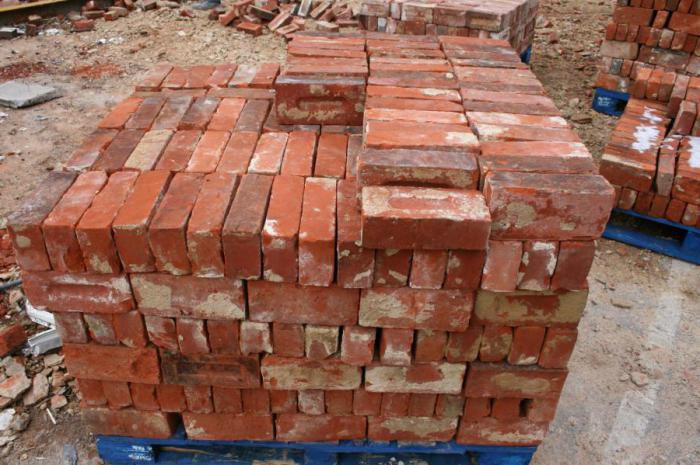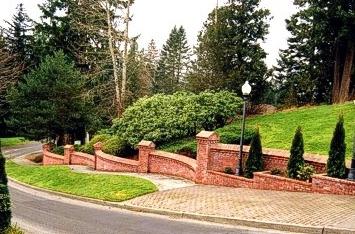Types of bricks and its application
Brick is one of the most famousbuilding materials. This is an artificial stone, shaped like a bar. It has increased strength, water resistance, frost resistance due to burning or steaming. It differs in composition, form and manufacturing technology. Let's look at its main types.
Types of bricks by material of manufacture
- Ceramic brick. This product is made of baked clay in the form

- Hyperpressed brick. This material is obtained from a mixture of limestone (90%), cement (8%) and dye (2%). The mass undergoes pressing in molds. It turns out an even brick. Types of work performed with hyper-pressed bricks are different. This is the finish, and the cladding.
- Silicate brick. To obtain this product, a mixture of quartz sand and slaked lime is pressed. The color at the output is white. There may be a greyish hue. If pigments are added to the mass, then decorative types of bricks are obtained. Silicate brick has a fairly dense structure and high strength. The minus of this product is hygroscopicity: in a humid environment, the building will not last long. The increased density does not provide a good thermal insulation, so usually decorative bricks are made of silicate bricks.

- Brick glazed. This product is characterized by a rich color range, since chemical solutions are added to the clay mass, and a vitreous colored layer appears during firing. The glazed brick is brittle. It can be used for mosaics and panels on the facades of houses.
- Brick clinker. For its production, clay layers are sintered into a single whole. If we compare the types of bricks, then this product will have the most homogeneous structure, durability, low porosity due to firing at temperatures above 1100 degrees. Used for paving streets and cladding works.
- Brick, cladding. This product differs in a variety of shades: from unsaturated yellow to bright red. It is cold and not afraid of humidity. Some types of bricks are decorated with ornaments, which allows them to be used for exterior decoration of fireplaces and stoves for decorative purposes. Facing bricks are used for all types of outdoor work.
Structural types of bricks

- The brick is hollow. It can be red, yellow and brown. The difference of this product from others - in through or blind holes of an oval, square or slit-shaped. Masonry made of this material has a low thermal conductivity. It is used to create exterior walls. With its help you can save on costs and reduce the thickness of the wall. The presence of holes reduces the load on the foundation, increases frost resistance.
- Solid bricks. The solid brick is red. It is rather frost-hardy, its porosity is 6-20%. From it, the walls, vaults, columns are built. Of the minuses, you can select a rough surface, which in the future must be plastered.
We examined the most commonly used types of bricks. As you can see, different materials are required for different jobs, as they all have individual characteristics.
</ p>READ THEME





